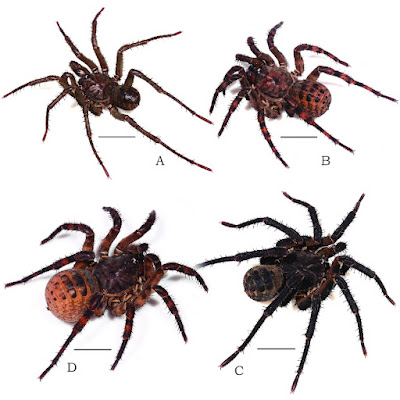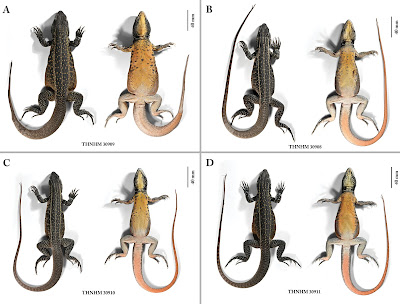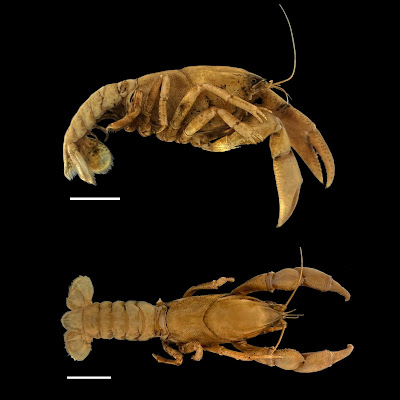 |
Phlomoides bomiensis C.L.Xiang & Y.Zhao,
in Zhao, Chen, Bai, Pendry, Sukhorukov et Xiang, 2024. |
Abstract
Phlomoides bomiensis, a new species in Bomi County, Xizang, China, was described and illustrated. In addition, Phlomoides longidentata, previously only known from Nepal and Bhutan, is newly recorded from Dingri County, Xizang, China. The phylogenetic placement of both species within the genus was analysed using nine plastid DNA markers (atpB-rbcL, psbA-trnH, rpl16, rpl32-trnL, rps16, trnK, trnL-trnF, trnS-trnG, trnT-trnL). Both species have brown-black trichomes inside the upper corolla lip and nested within the same subclade of Clade II. A diagnostic key to the Phlomoides species belonging to this subclade is provided.
Key words: Lamioideae, Phlomideae, Phlomis, taxonomy, Tibet
 |
Phlomoides bomiensis C.L.Xiang & Y.Zhao
A habitat B, C verticillaster with floral leaves D plant E verticillaster F flower G bracts H dissected flower I appendages at base of posterior filaments (arrow) J calyx and dissected calyx K floral leaves L Stem leaves
(Photographed by Yue Zhao). |
Phlomoides bomiensis C.L.Xiang & Y.Zhao, sp. nov.
Diagnosis: Phlomoides bomiensis is morphologically most similar to P. nyalamensis and P. breviflora. These species are often taller than 1 m and have a purple corolla with brown to black trichomes inside the upper lip. It differs from P. nyalamensis by its subtruncate to slightly emarginate calyx teeth, posterior filaments with reflexed appendages at base and floral leaves with obvious petioles (vs. obviously emarginate calyx teeth, posterior filaments without appendages and sessile upper floral leaves). It differs from P. breviflora by its corolla that is longer than 2 cm and its oblong nutlets (vs. corolla often shorter than 1.5 cm and inflated globose nutlets). The differences between the ten species from subclade IIa are listed in Table 2.
....
Yue Zhao, Ya-Ping Chen, Rui-Zhu Bai, Colin A. Pendry, Alexander P. Sukhorukov, Chun-Lei Xiang. 2024. A New Species and a new record of
Phlomoides (Lamiaceae) from Xizang, China.
PhytoKeys. 246: 15-26. DOI:
doi.org/10.3897/phytokeys.246.129057















































